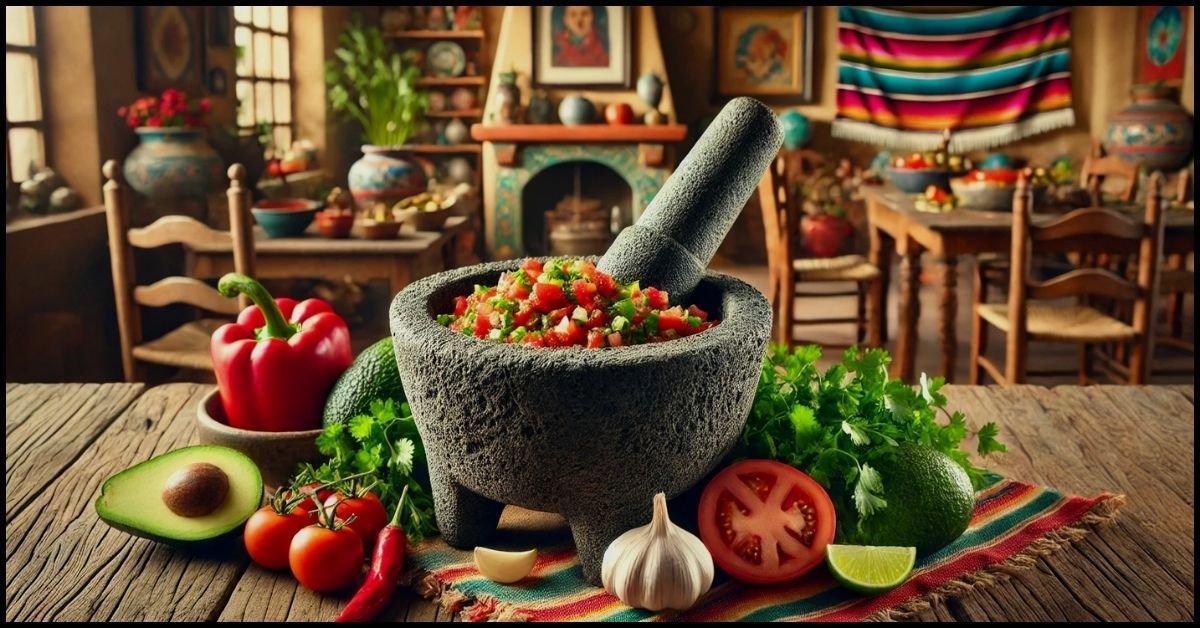Understanding Ancient Grains in a Healthy Cereal nyt
What Are Ancient Grains?
Ancient grains are types of grains that have been essentially unchanged over the centuries. Unlike more modern grains undergoing extensive hybridization and selective breeding, ancient grains retain their original genetic makeup, making them a powerhouse of natural nutrients. Examples include quinoa, millet, spelt, amaranth, teff, and farro. These grains are known for their unique textures, flavors, and high nutritional content, offering a wholesome, unaltered alternative to many common cereal grains.
Ancient grains offer a range of benefits, not just in taste and texture but also in health benefits. Their resilience to changes and genetic purity have allowed them to retain many essential nutrients often lost in highly processed modern grains. As more people seek healthy, natural options, ancient grains in cereals have become famous for a nutritious and balanced breakfast.
History and Evolution of Ancient Grains
The history of ancient grains dates back thousands of years to civilizations like the Aztecs, Incas, Egyptians, and Chinese, who cultivated these grains for sustenance and medicinal purposes. Quinoa, for instance, was a staple food of the Incas, considered sacred and often referred to as the “mother of all grains.” On the other hand, Farro was commonly consumed by the Romans and Egyptians, prized for its nutty flavour and hearty texture.
Ancient grains were often used in rituals and ceremonies, a testament to their cultural significance and value. Unlike many modern grains that have undergone alterations to improve yield and pest resistance, ancient grains have primarily maintained their original structure and properties. Their history reflects a time when food was closely connected to culture, health, and community—a stark contrast to today’s highly processed food culture.
Why Ancient Grains Are Beneficial
Nutritional Advantages
Ancient grains are packed with essential nutrients, making them an excellent choice for a healthy cereal. They are typically high in fiber, protein, vitamins, and minerals such as iron, magnesium, and zinc. Many ancient grains are gluten-free, making them suitable for individuals with gluten sensitivities or celiac disease. Their high fiber content promotes digestion, helps control blood sugar levels, and can aid in weight management by keeping you full for longer.
Moreover, ancient grains are rich in antioxidants, which help fight inflammation and reduce the risk of chronic diseases. For example, amaranth is exceptionally high in lysine, an essential amino acid not commonly found in other grains, contributing to muscle and bone health. Quinoa, another popular ancient grain, is a complete protein containing all nine essential amino acids, making it a valuable food source for vegetarians and vegans.
Comparisons with Modern Grains
Modern grains like wheat and corn have undergone significant changes to meet the demands of large-scale agriculture. As a result, they have been selectively bred and often genetically modified, losing some of their original nutrients and increasing their susceptibility to pests and diseases. Ancient grains, in contrast, have a lower glycemic index, providing a slower, more stable release of energy, which is particularly beneficial for individuals managing blood sugar levels.
Ancient grains often have higher levels of protein and fiber than modern grains, with some varieties containing specific nutrients that are rarely found in more common grains. Incorporating ancient grains into a healthy cereal diversifies your nutrient intake and supports sustainable farming practices, as these grains are generally more resilient and require fewer resources to cultivate.
Top Ancient Grains for a Healthy Cereal
Quinoa, Amaranth, and Teff
Quinoa, amaranth, and teff are among the most famous ancient grains, known for their unique flavors and impressive nutritional profiles. Quinoa is a complete protein with high levels of magnesium, supporting muscle and nerve function. Amaranth is rich in calcium and iron, which are essential for bone health and oxygen transportation. Teff, a tiny grain originating from Ethiopia, is high in fiber and contains resistant starch, beneficial for digestion and blood sugar regulation.
Millet, Spelt, and Farro
Millet, spelt, and farro are other ancient grains commonly used in cereals. Millet, a small, round grain, is gluten-free and rich in magnesium and phosphorus, making it ideal for heart and bone health. Spelt, a type of wheat, contains higher levels of protein and fiber than modern wheat, providing a more nutrient-dense option for those who can tolerate gluten. Farro, known for its nutty flavour and chewy texture, is high in antioxidants, fiber, and protein, making it an excellent addition to hearty, nutritious breakfast cereal.
Incorporating Ancient Grains in Your Diet
Best Cereal Brands with Ancient Grains
Several cereal brands have started incorporating ancient grains into their products, providing consumers a convenient way to enjoy their benefits. Popular options include brands like Nature’s Path, Bob’s Red Mill, and Kashi, which offer cereals containing quinoa, amaranth, millet, and other ancient grains. These cereals are often organic, non-GMO, and contain minimal added sugars, making them a healthy choice for breakfast. When choosing a cereal, reading the ingredient list carefully is essential, ensuring that ancient grains are among the primary ingredients rather than just an added filler.
DIY Ancient Grain Cereal Recipes
Making your ancient grain cereal at home is an excellent option for those who enjoy cooking and experimenting. You can mix different grains like quinoa, amaranth, and millet, cook them in water or milk, and add your favourite toppings, such as nuts, seeds, and fruits. Another option is to toast these grains in the oven and mix them with dried fruits and honey for a homemade granola. By preparing your cereal at home, you have complete control over the ingredients, making it a healthier and more personalized breakfast option.
Choosing the Right Ancient Grain Cereal
Reading Labels for Nutritional Content
When selecting an ancient grain cereal, it’s crucial to check the nutritional information on the packaging. Look for cereals with high fiber and protein content and minimal added sugars. Many cereals marketed as “healthy” contain hidden sugars or additives, which can negate some of the health benefits of ancient grains. Opting for a cereal with a short, natural ingredient list ensures you get the maximum nutritional value from your breakfast.
Organic and Non-GMO Options
Choosing organic and non-GMO cereals can further enhance the health benefits of ancient grains. Organic grains are grown without synthetic pesticides or fertilizers, reducing exposure to harmful chemicals. Non-GMO options also support environmental sustainability, as ancient grains are typically hardier and more resistant to pests without genetic modification. Many reputable brands offer organic, non-GMO ancient grain cereals, making finding high-quality options in most grocery stores easier.
FAQs
What are the health benefits of ancient grains in cereals?
Ancient grains are rich in fiber, protein, and essential nutrients like magnesium, iron, and antioxidants. They promote digestion, support heart health, and can aid in weight management.
Are ancient grain cereals gluten-free?
Many ancient grains, such as quinoa, millet, and amaranth, are gluten-free, making them suitable for people with gluten sensitivities. However, grains like spelt and farro contain gluten, so you must check the label if you require a gluten-free option.
How can I make my ancient grain cereal?
You can make a DIY ancient cereal by cooking grains like quinoa, amaranth, and millet with milk or water. Add toppings like nuts, seeds, and fruits for flavour and extra nutrition, or toast the grains for a crunchy granola.
Are ancient grain cereals good for weight loss?
Ancient grain cereals are high in fiber and protein, which can help keep you full for longer, reducing the likelihood of overeating. Choosing a cereal with minimal added sugars can support weight management goals.
What should I look for in a store-bought ancient grain cereal?
Look for cereals that list ancient grains as primary ingredients, have high fiber and protein content, and contain minimal added sugars. Organic and non-GMO certifications are also beneficial.
Are ancient grains more nutritious than modern grains?
Generally, yes. Ancient grains retain their original nutrient profile, often providing more fiber, protein, and minerals compared to many modern, processed grains, which have lost some nutritional value due to hybridization.
Ancient grains in a healthy cereal offer a nutritious, wholesome breakfast option that’s versatile and delicious. By incorporating these grains into your diet, you’re diversifying your nutrient intake and supporting sustainable farming practices and a return to natural, unprocessed food sources. Whether you buy pre-made cereal or create your own, ancient grains make it easy to start your day with a nourishing, balanced meal.









